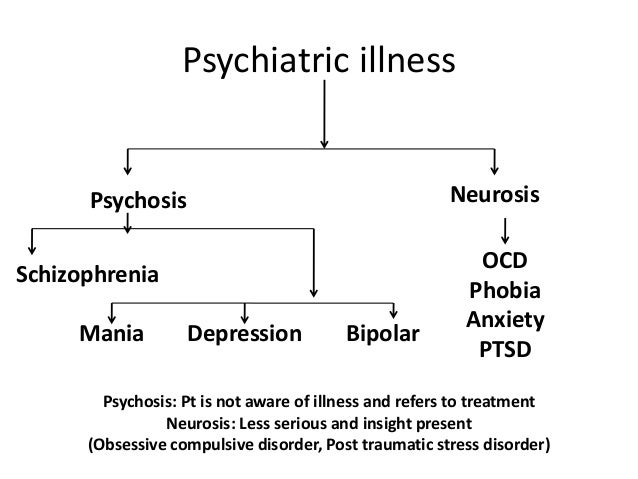Can you be tested for anxiety
Criteria for Adults and Children
About anxiety diagnosis
Anxiety is not a simple diagnosis. It’s not caused by a germ that can be detected in a blood test. It takes many forms and can also accompany other medical conditions.
To diagnose anxiety, a complete physical examination is essential. This helps your doctor discover or rule out other illnesses that may be causing your symptoms or that may be masked by the symptoms. A complete personal history is also necessary for your doctor to make an accurate diagnosis.
You should be completely honest with your doctor. Many things can contribute to or be affected by anxiety, including:
- certain illnesses
- medications
- alcohol consumption
- coffee consumption
- hormones
Other medical conditions can cause symptoms that resemble anxiety. Many anxiety symptoms are physical, including:
- racing heart
- shortness of breath
- shaking
- sweating
- chills
- hot flashes
- chest pain
- twitching
- dry mouth
- nausea
- vomiting
- diarrhea
- frequent urination
Your doctor may perform a physical exam and order a variety of tests to rule out medical conditions that mimic anxiety symptoms. Medical conditions with similar symptoms include:
- heart attack
- angina
- mitral valve prolapse
- tachycardia
- asthma
- hyperthyroidism
- adrenal gland tumors
- menopause
- side effects of certain drugs, such as drugs for high blood pressure, diabetes, and thyroid disorders
- withdrawal from certain drugs, such as those used to treat anxiety and sleep disorders
- substance abuse or withdrawal
It’s suggested that you complete a self-assessment questionnaire before other testing. This can help you decide whether you may have an anxiety disorder or if you may be reacting to a certain situation or event. If your self-assessments lead you to believe that you may have an anxiety disorder, your doctor may then ask you to take a clinical assessment or conduct a structured interview with you.
Your doctor may use one or more of the following tests to assess your level of anxiety.
Zung Self-Rating Anxiety Scale
The Zung test is a 20-item questionnaire.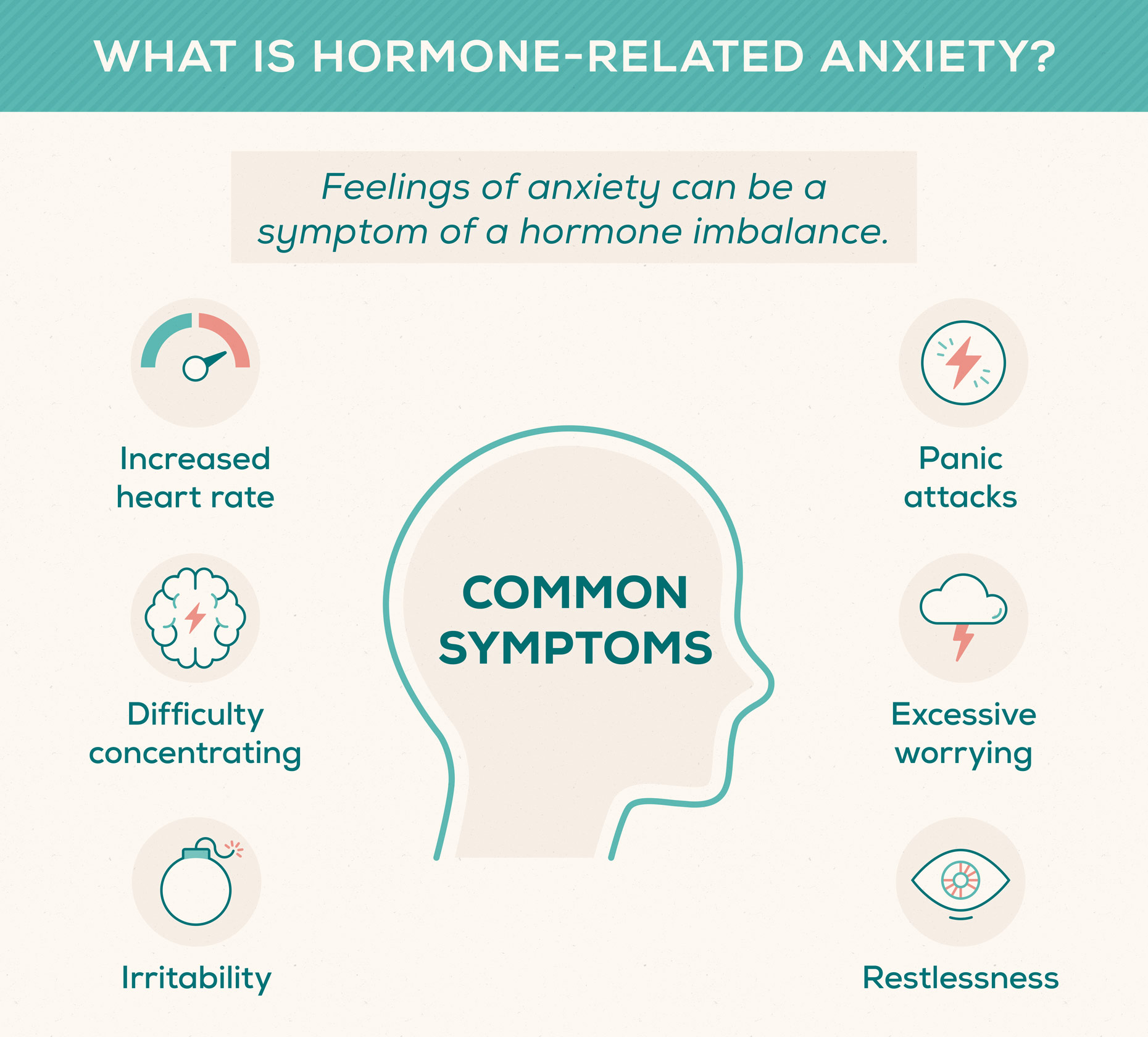 It asks you to rate your anxiety from “a little of the time” to “most of the time” on subjects such as:
It asks you to rate your anxiety from “a little of the time” to “most of the time” on subjects such as:
- nervousness
- anxiety
- shaking
- rapid heartbeat
- fainting
- frequent urination
- nightmares
Once you complete this test, a trained professional assesses your responses.
Hamilton Anxiety Scale (HAM-A)
Developed in 1959, the Hamilton test was one of the first rating scales for anxiety. It’s still widely used in clinical and research settings. It involves 14 questions that rate moods, fears, and tension, as well as physical, mental, and behavioral traits. A professional must administer the Hamilton test.
Beck Anxiety Inventory (BAI)
The BAI helps measure the severity of your anxiety. You can take the test by yourself. It may also be given orally by a professional or paraprofessional.
There are 21 multiple-choice questions that ask you to rate your experience of symptoms during the past week. These symptoms include tingling, numbness, and fear. Answer options include “not at all,” “mildly,” “moderately,” or “severely.”
Answer options include “not at all,” “mildly,” “moderately,” or “severely.”
Social Phobia Inventory (SPIN)
This 17-question self-assessment measures your level of social phobia. You rate your anxiety in relation to various social situations on a scale from zero to four. Zero indicates no anxiety. Four indicates extreme anxiety.
Penn State Worry Questionnaire
This test is the most widely used measure of worry. It distinguishes between social anxiety disorder and generalized anxiety disorder. The test uses 16 questions to measure your worry’s generality, excessiveness, and uncontrollability.
Generalized Anxiety Disorder Scale
This seven-question test is a screening tool for generalized anxiety disorder. You’re asked how often in the past two weeks you’ve been bothered by feelings of irritability, nervousness, or fear. Options include “not at all,” “several days,” “more than half the days,” or “nearly every day.”
Yale-Brown Obsessive-Compulsive Scale (YBOCS)
The YBOCS is used to measure levels of OCD.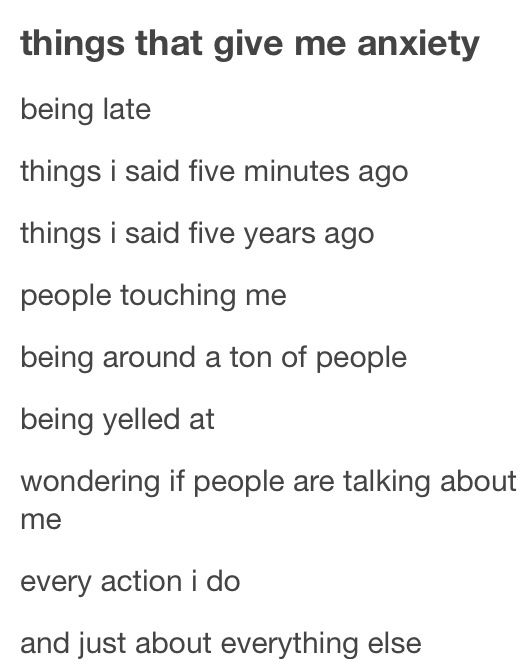 It’s conducted as a one-on-one interview between you and a mental health professional. You choose three items from a symptom checklist that are the most disturbing and then rate how severe they are. Then, you’re asked whether you’ve had certain other obsessions or compulsions in the past. Based on your answers, the mental health professional grades your OCD as subclinical, mild, moderate, severe, or extreme.
It’s conducted as a one-on-one interview between you and a mental health professional. You choose three items from a symptom checklist that are the most disturbing and then rate how severe they are. Then, you’re asked whether you’ve had certain other obsessions or compulsions in the past. Based on your answers, the mental health professional grades your OCD as subclinical, mild, moderate, severe, or extreme.
Anxiety is a symptom in several disorders. Some of these include:
| Panic disorder | High amounts of anxiety as well as physical stress for a short amount of time; physical stress can come in the form of dizziness, a high heart rate, sweating, numbness, and other similar symptoms |
| Obsessive-compulsive disorder (OCD) | Anxiety expressed as obsessive thoughts or as compulsive behavior that’s acted upon repeatedly to relieve stress |
| Phobias | Anxiety triggered because of a specific thing or situation that isn’t necessarily harmful or dangerous, including animals, heights, or riding in vehicles |
| Social phobias | Anxiety that’s experienced in interpersonal situations, such as during conversations, in large social groups, or when speaking in front of a crowd |
The broadest anxiety disorder, generalized anxiety disorder (GAD), is different from these other disorders because it doesn’t necessarily relate to a specific cause or behavior.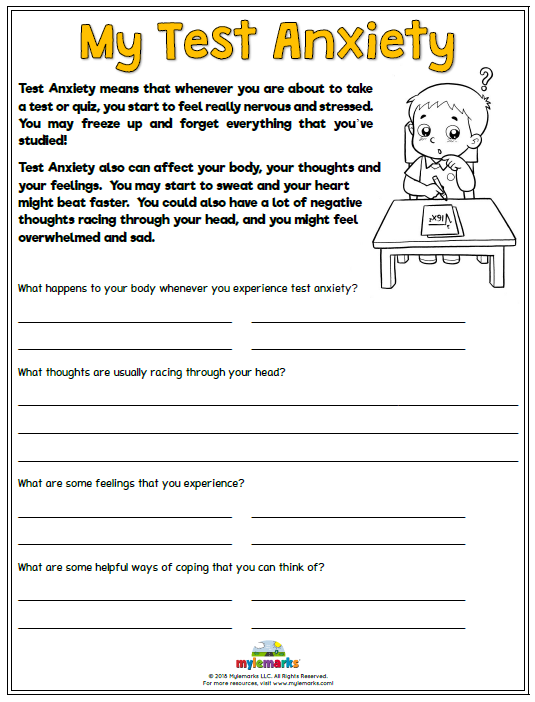 With GAD, you may worry about many different things at once or over time, and the worries are often constant.
With GAD, you may worry about many different things at once or over time, and the worries are often constant.
Learn more: Phobias »
An anxiety diagnosis depends a lot on your description of the symptoms you’re experiencing. Mental health professionals use the “Diagnostic and Statistical Manual of Mental Disorders” (often called the DSM) to diagnose anxiety and other mental disorders based on symptoms. The criteria differ for each anxiety disorder.
The DSM lists the following criteria for generalized anxiety disorder (GAD):
- excessive anxiety and worry most days about many things for at least six months
- difficulty controlling your worry
- appearance of three of the following six symptoms: restlessness, fatigue, irritability, muscle tension, sleep disturbance, and difficulty concentrating
- symptoms significantly interfering with your life
- symptoms not being caused by direct psychological effects of medications or medical conditions
- symptoms aren’t due to another mental disorder (e.
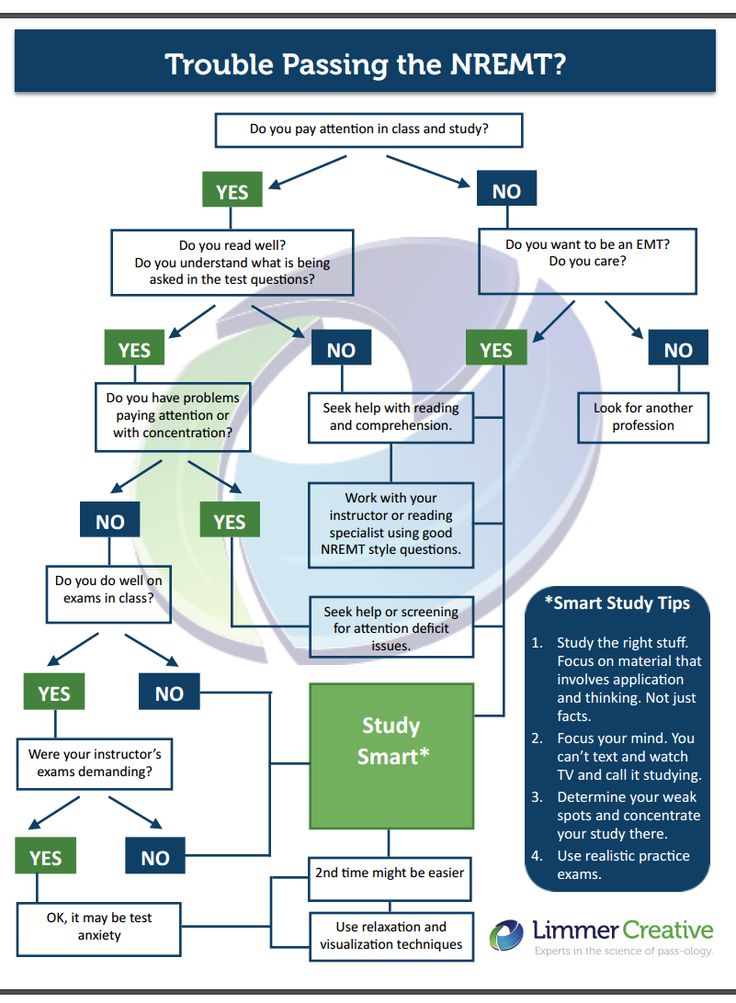 g. anxiety about oncoming panic attacks with panic disorder, anxiety due to a social disorder, etc.)
g. anxiety about oncoming panic attacks with panic disorder, anxiety due to a social disorder, etc.)
Childhood and the teenage years are full of new, frightening experiences and events. Some children learn to confront and accept these fears. However, an anxiety disorder can make it difficult or impossible for a child to cope.
The same diagnostic criteria and assessments that are used for adults apply to children, too. In the Anxiety and Related Disorders Interview Schedule for DSM-5 (ADIS-5), your doctor interviews both you and your child about their symptoms.
Symptoms in children are similar to those in adults. If you notice anxiety symptoms or any anxious or worrying behaviors that last for more than two weeks, take your child to the doctor. There, they can be checked for an anxiety disorder.
Some research suggests that anxiety can have a genetic component. If anyone in your family has ever been diagnosed with anxiety or a depressive disorder, get your child evaluated as soon as you notice symptoms.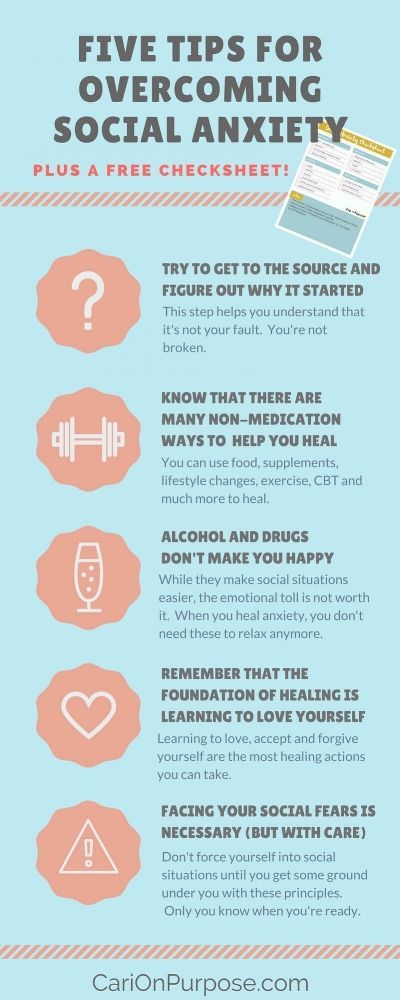 A proper diagnosis can lead to interventions to help them manage anxiety at a young age.
A proper diagnosis can lead to interventions to help them manage anxiety at a young age.
Focus on managing your anxiety rather than on ending or curing it. Learning how best to control your anxiety can help you live a more fulfilled life. You can work on stopping your anxiety symptoms from getting in the way of reaching your goals or aspirations.
To help manage your anxiety, you have several options.
Medication
If you or your child is diagnosed with anxiety, your doctor will likely refer you to a psychiatrist who can decide what anxiety medications will work best. Sticking to the recommended treatment plan is crucial for the medications to work effectively. Try not to delay your treatment. The earlier you begin, the more effective it will be.
Therapy
You might also consider seeing a therapist or joining a support group for people with anxiety so that you can talk openly about your anxiety. This can help you control your worries and get to the bottom of what triggers your anxiety.
Online therapy options
Read our review of the best online therapy options to find the right fit for you.
Lifestyle choices
Find active ways to relieve your stress. This can lessen the impact that anxiety may have on you. Some things you can do include:
- Get regular exercise.
- Find hobbies that engage or occupy your mind.
- Participate in activities that you enjoy.
- Keep a daily journal of thoughts and activities.
- Create short-term or long-term schedules.
- Socialize with friends.
Also, avoid alcohol, nicotine, and other similar drugs. The effects of these substances can make your anxiety worse.
Communication
Be open with your family and close friends about your diagnosis, if possible. It’s not easy to talk about any mental disorder. However, the more the people around you understand your anxiety, the easier it becomes to communicate your thoughts and needs to them.
Anxiety relief tips
- Stick to the treatment plan recommended by your psychiatrist.

- Consider seeing a therapist or joining a support group for people with anxiety.
- Find active ways to relieve your stress, such as getting regular exercise or keeping a daily journal.
- Be open with your family and close friends about your diagnosis, if possible.
- Avoid alcohol, nicotine, and other similar drugs.
- Focus on managing your anxiety rather than on ending or curing it.
Criteria for Adults and Children
About anxiety diagnosis
Anxiety is not a simple diagnosis. It’s not caused by a germ that can be detected in a blood test. It takes many forms and can also accompany other medical conditions.
To diagnose anxiety, a complete physical examination is essential. This helps your doctor discover or rule out other illnesses that may be causing your symptoms or that may be masked by the symptoms. A complete personal history is also necessary for your doctor to make an accurate diagnosis.
You should be completely honest with your doctor.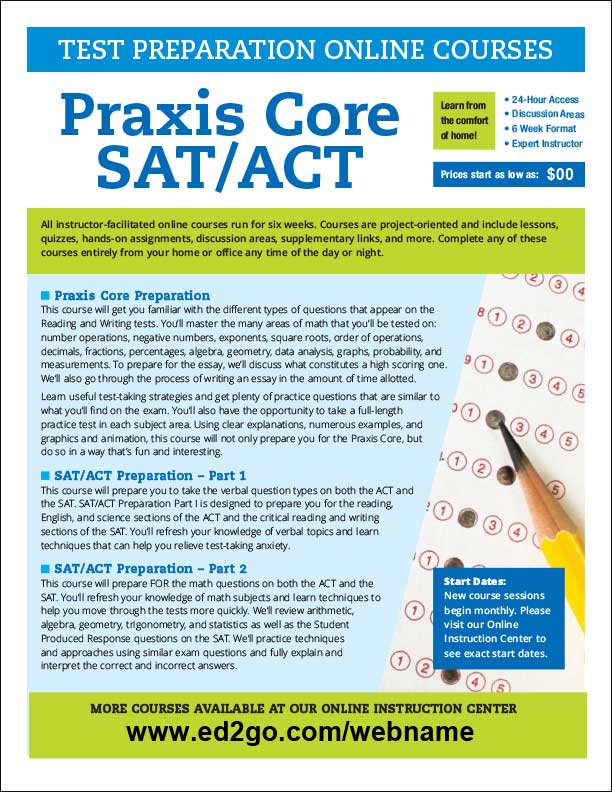 Many things can contribute to or be affected by anxiety, including:
Many things can contribute to or be affected by anxiety, including:
- certain illnesses
- medications
- alcohol consumption
- coffee consumption
- hormones
Other medical conditions can cause symptoms that resemble anxiety. Many anxiety symptoms are physical, including:
- racing heart
- shortness of breath
- shaking
- sweating
- chills
- hot flashes
- chest pain
- twitching
- dry mouth
- nausea
- vomiting
- diarrhea
- frequent urination
Your doctor may perform a physical exam and order a variety of tests to rule out medical conditions that mimic anxiety symptoms. Medical conditions with similar symptoms include:
- heart attack
- angina
- mitral valve prolapse
- tachycardia
- asthma
- hyperthyroidism
- adrenal gland tumors
- menopause
- side effects of certain drugs, such as drugs for high blood pressure, diabetes, and thyroid disorders
- withdrawal from certain drugs, such as those used to treat anxiety and sleep disorders
- substance abuse or withdrawal
It’s suggested that you complete a self-assessment questionnaire before other testing.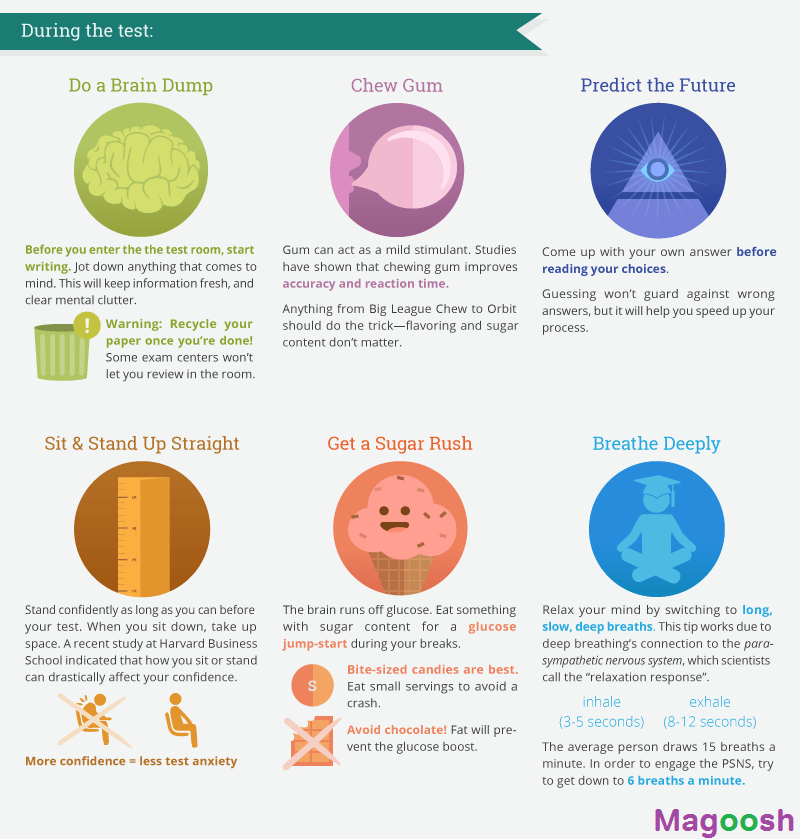 This can help you decide whether you may have an anxiety disorder or if you may be reacting to a certain situation or event. If your self-assessments lead you to believe that you may have an anxiety disorder, your doctor may then ask you to take a clinical assessment or conduct a structured interview with you.
This can help you decide whether you may have an anxiety disorder or if you may be reacting to a certain situation or event. If your self-assessments lead you to believe that you may have an anxiety disorder, your doctor may then ask you to take a clinical assessment or conduct a structured interview with you.
Your doctor may use one or more of the following tests to assess your level of anxiety.
Zung Self-Rating Anxiety Scale
The Zung test is a 20-item questionnaire. It asks you to rate your anxiety from “a little of the time” to “most of the time” on subjects such as:
- nervousness
- anxiety
- shaking
- rapid heartbeat
- fainting
- frequent urination
- nightmares
Once you complete this test, a trained professional assesses your responses.
Hamilton Anxiety Scale (HAM-A)
Developed in 1959, the Hamilton test was one of the first rating scales for anxiety. It’s still widely used in clinical and research settings. It involves 14 questions that rate moods, fears, and tension, as well as physical, mental, and behavioral traits. A professional must administer the Hamilton test.
It involves 14 questions that rate moods, fears, and tension, as well as physical, mental, and behavioral traits. A professional must administer the Hamilton test.
Beck Anxiety Inventory (BAI)
The BAI helps measure the severity of your anxiety. You can take the test by yourself. It may also be given orally by a professional or paraprofessional.
There are 21 multiple-choice questions that ask you to rate your experience of symptoms during the past week. These symptoms include tingling, numbness, and fear. Answer options include “not at all,” “mildly,” “moderately,” or “severely.”
Social Phobia Inventory (SPIN)
This 17-question self-assessment measures your level of social phobia. You rate your anxiety in relation to various social situations on a scale from zero to four. Zero indicates no anxiety. Four indicates extreme anxiety.
Penn State Worry Questionnaire
This test is the most widely used measure of worry. It distinguishes between social anxiety disorder and generalized anxiety disorder.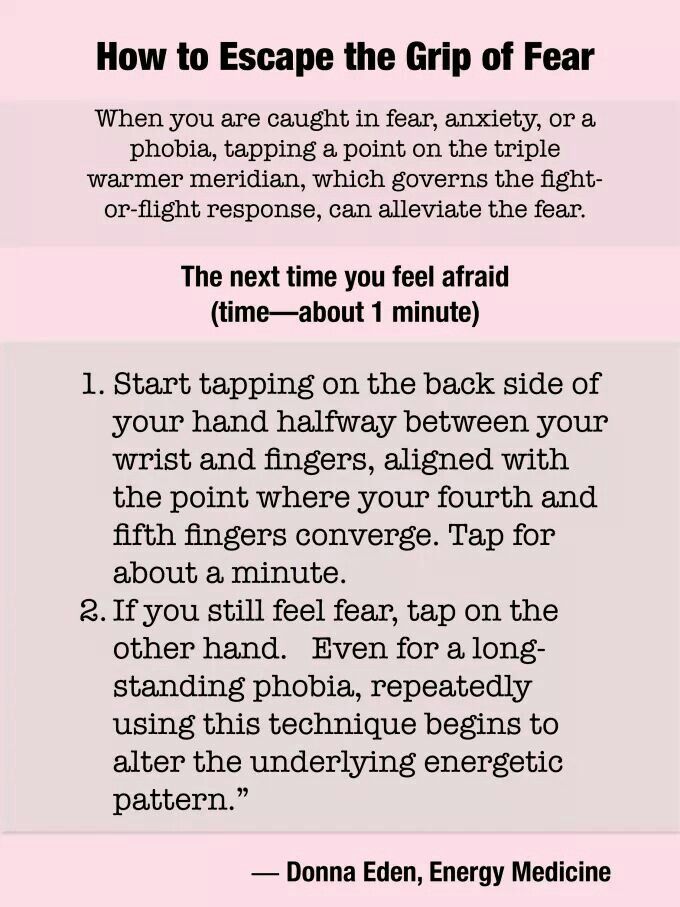 The test uses 16 questions to measure your worry’s generality, excessiveness, and uncontrollability.
The test uses 16 questions to measure your worry’s generality, excessiveness, and uncontrollability.
Generalized Anxiety Disorder Scale
This seven-question test is a screening tool for generalized anxiety disorder. You’re asked how often in the past two weeks you’ve been bothered by feelings of irritability, nervousness, or fear. Options include “not at all,” “several days,” “more than half the days,” or “nearly every day.”
Yale-Brown Obsessive-Compulsive Scale (YBOCS)
The YBOCS is used to measure levels of OCD. It’s conducted as a one-on-one interview between you and a mental health professional. You choose three items from a symptom checklist that are the most disturbing and then rate how severe they are. Then, you’re asked whether you’ve had certain other obsessions or compulsions in the past. Based on your answers, the mental health professional grades your OCD as subclinical, mild, moderate, severe, or extreme.
Anxiety is a symptom in several disorders. Some of these include:
Some of these include:
| Panic disorder | High amounts of anxiety as well as physical stress for a short amount of time; physical stress can come in the form of dizziness, a high heart rate, sweating, numbness, and other similar symptoms |
| Obsessive-compulsive disorder (OCD) | Anxiety expressed as obsessive thoughts or as compulsive behavior that’s acted upon repeatedly to relieve stress |
| Phobias | Anxiety triggered because of a specific thing or situation that isn’t necessarily harmful or dangerous, including animals, heights, or riding in vehicles |
| Social phobias | Anxiety that’s experienced in interpersonal situations, such as during conversations, in large social groups, or when speaking in front of a crowd |
The broadest anxiety disorder, generalized anxiety disorder (GAD), is different from these other disorders because it doesn’t necessarily relate to a specific cause or behavior. With GAD, you may worry about many different things at once or over time, and the worries are often constant.
With GAD, you may worry about many different things at once or over time, and the worries are often constant.
Learn more: Phobias »
An anxiety diagnosis depends a lot on your description of the symptoms you’re experiencing. Mental health professionals use the “Diagnostic and Statistical Manual of Mental Disorders” (often called the DSM) to diagnose anxiety and other mental disorders based on symptoms. The criteria differ for each anxiety disorder.
The DSM lists the following criteria for generalized anxiety disorder (GAD):
- excessive anxiety and worry most days about many things for at least six months
- difficulty controlling your worry
- appearance of three of the following six symptoms: restlessness, fatigue, irritability, muscle tension, sleep disturbance, and difficulty concentrating
- symptoms significantly interfering with your life
- symptoms not being caused by direct psychological effects of medications or medical conditions
- symptoms aren’t due to another mental disorder (e.
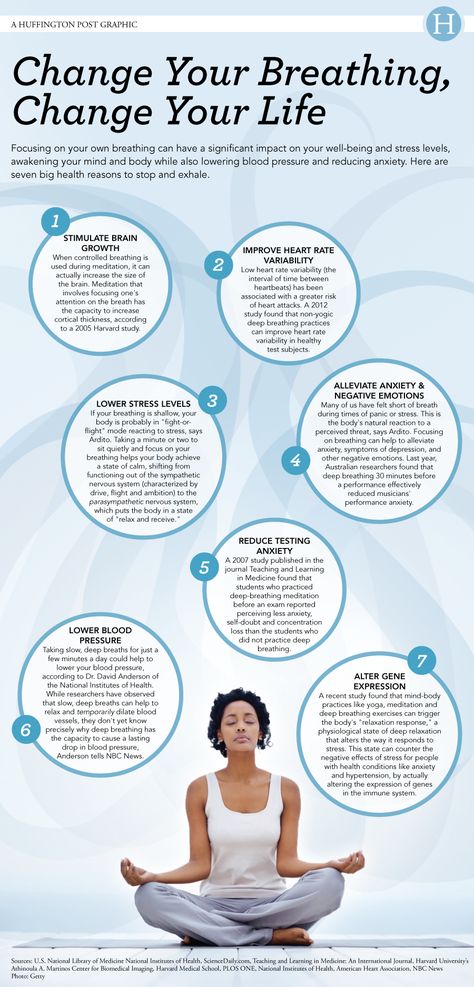 g. anxiety about oncoming panic attacks with panic disorder, anxiety due to a social disorder, etc.)
g. anxiety about oncoming panic attacks with panic disorder, anxiety due to a social disorder, etc.)
Childhood and the teenage years are full of new, frightening experiences and events. Some children learn to confront and accept these fears. However, an anxiety disorder can make it difficult or impossible for a child to cope.
The same diagnostic criteria and assessments that are used for adults apply to children, too. In the Anxiety and Related Disorders Interview Schedule for DSM-5 (ADIS-5), your doctor interviews both you and your child about their symptoms.
Symptoms in children are similar to those in adults. If you notice anxiety symptoms or any anxious or worrying behaviors that last for more than two weeks, take your child to the doctor. There, they can be checked for an anxiety disorder.
Some research suggests that anxiety can have a genetic component. If anyone in your family has ever been diagnosed with anxiety or a depressive disorder, get your child evaluated as soon as you notice symptoms.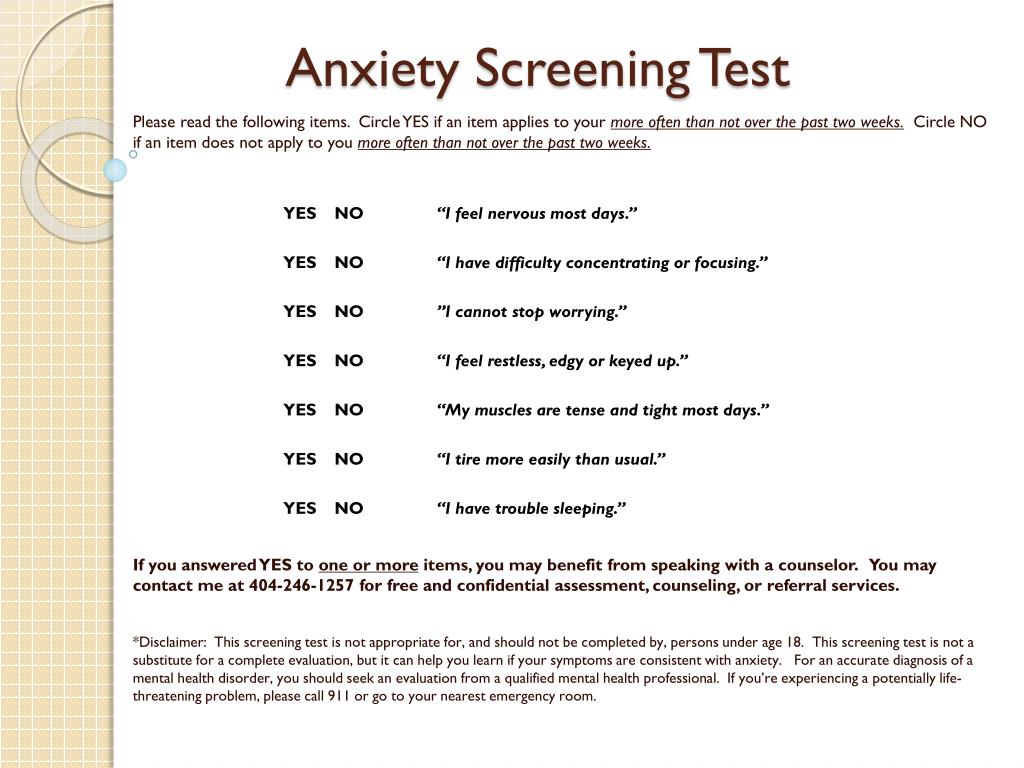 A proper diagnosis can lead to interventions to help them manage anxiety at a young age.
A proper diagnosis can lead to interventions to help them manage anxiety at a young age.
Focus on managing your anxiety rather than on ending or curing it. Learning how best to control your anxiety can help you live a more fulfilled life. You can work on stopping your anxiety symptoms from getting in the way of reaching your goals or aspirations.
To help manage your anxiety, you have several options.
Medication
If you or your child is diagnosed with anxiety, your doctor will likely refer you to a psychiatrist who can decide what anxiety medications will work best. Sticking to the recommended treatment plan is crucial for the medications to work effectively. Try not to delay your treatment. The earlier you begin, the more effective it will be.
Therapy
You might also consider seeing a therapist or joining a support group for people with anxiety so that you can talk openly about your anxiety. This can help you control your worries and get to the bottom of what triggers your anxiety.
Online therapy options
Read our review of the best online therapy options to find the right fit for you.
Lifestyle choices
Find active ways to relieve your stress. This can lessen the impact that anxiety may have on you. Some things you can do include:
- Get regular exercise.
- Find hobbies that engage or occupy your mind.
- Participate in activities that you enjoy.
- Keep a daily journal of thoughts and activities.
- Create short-term or long-term schedules.
- Socialize with friends.
Also, avoid alcohol, nicotine, and other similar drugs. The effects of these substances can make your anxiety worse.
Communication
Be open with your family and close friends about your diagnosis, if possible. It’s not easy to talk about any mental disorder. However, the more the people around you understand your anxiety, the easier it becomes to communicate your thoughts and needs to them.
Anxiety relief tips
- Stick to the treatment plan recommended by your psychiatrist.

- Consider seeing a therapist or joining a support group for people with anxiety.
- Find active ways to relieve your stress, such as getting regular exercise or keeping a daily journal.
- Be open with your family and close friends about your diagnosis, if possible.
- Avoid alcohol, nicotine, and other similar drugs.
- Focus on managing your anxiety rather than on ending or curing it.
Anxiety Test (Taylor)
Anxiety is a condition characterized by increased anxiety and fear that arise both in individual situations (eg exams) and constantly present. In this regard, they share: anxiety as a situational reaction, and anxiety as a personality trait.
Anxiety as a situational reaction (ie fear) is a normal emotional reaction for any person to danger. Anxiety as a personality trait (i.e., anxiety) is a disproportionate reaction to danger or a reaction to an imaginary danger, which eventually leads to emotional exhaustion, dissatisfaction with oneself, and often to psychosomatic diseases.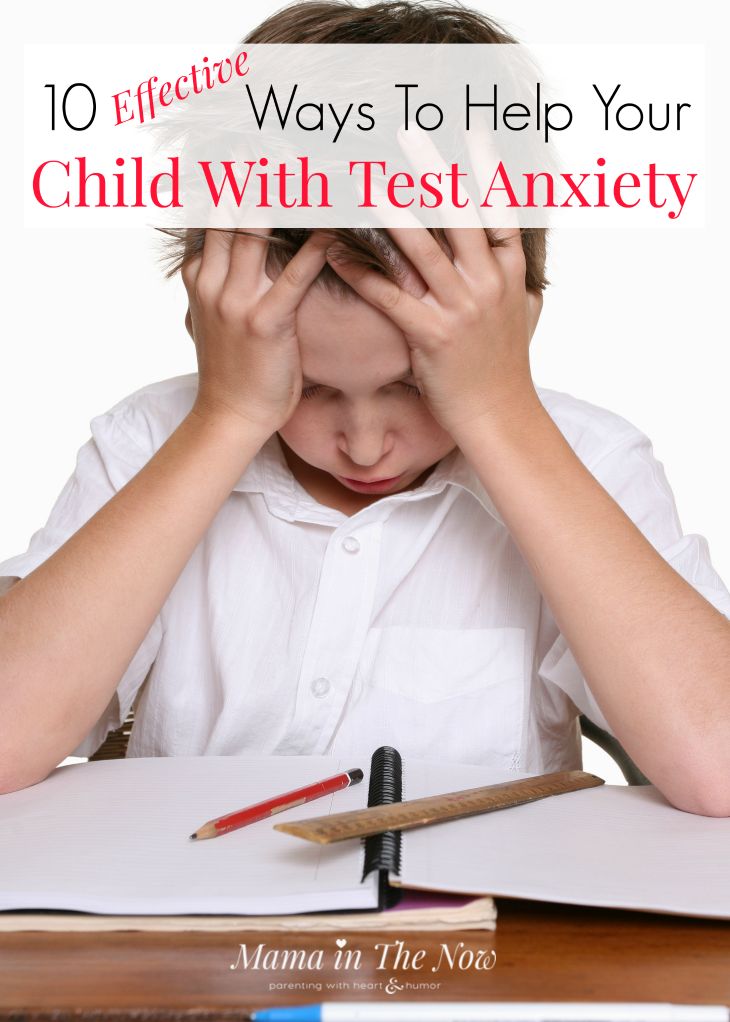
Anxiety often accompanies obsessive-compulsive disorders, and is also an important sign of depression - in 80% of depressed patients, complaints of anxiety predominate.
1. Usually I am calm and it is not easy to get me angry
give
2. My nerves are no more disturbed than those of other people.
give
3. I rarely get constipated.
give
4. I rarely have headaches.
gives
5. I rarely get tired.
give
6. I almost always feel quite happy.
give
7. I am confident.
give
8. I almost never blush.
give
9. Compared to my friends, I consider myself quite a brave person.
give
10. I don't blush more often than others.
I don't blush more often than others.
gives
11. I rarely have a heartbeat.
give
12. Usually my hands are quite warm.
give
13. I am no more shy than others.
give
14. I lack self-confidence.
give
15. Sometimes I feel like I'm good for nothing.
give
16. I have periods of such anxiety that I cannot sit still.
gives
17. My stomach troubles me a lot.
give
18. I don't have the courage to endure all the difficulties ahead.
give
19. I would like to be as happy as others.
give
20. Sometimes it seems to me that I have piled up such difficulties that I cannot overcome.
give
21. I often have nightmares.
gives
22. I notice that my hands begin to tremble when I try to do something.
give
23. I have extremely restless and interrupted sleep.
give
24. I am very worried about possible failures.
give
25. I had to experience fear in those cases when I knew for sure that nothing threatened me.
give
26. I find it difficult to concentrate on work or any task.
give
27. I work with a lot of pressure.
give
28. I am easily confused.
give
29. Almost all the time I feel anxiety because of someone or something.
give
30. I tend to take everything too seriously.
I tend to take everything too seriously.
give
31. I often cry.
give
32. I often suffer from bouts of vomiting and nausea.
give
33. Once a month or more I have an upset stomach.
give
34. I am often afraid that I am about to blush.
give
35. It is very difficult for me to concentrate on anything.
give
36. My financial situation worries me greatly.
gives
37. Often I think about things that I would not want to talk about with anyone.
give
38. I had periods when anxiety deprived me of sleep.
give
39. At times, when I am confused, I sweat profusely, which makes me very embarrassed.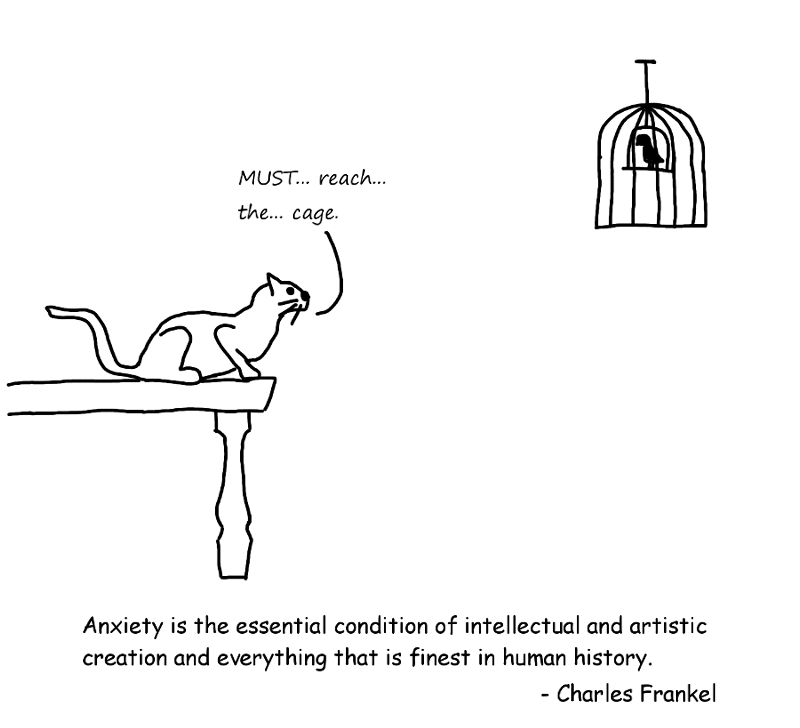
give
40. Even on cold days I sweat easily.
give
41. At times I become so agitated that it is difficult for me to sleep.
give
42. I am an easily excitable person.
give
43. At times I feel completely useless.
give
44. Sometimes it seems to me that my nerves are severely shattered, and I am about to lose my temper.
give
45. I often find myself worrying about something.
gives
46. I am much more sensitive than most other people.
give
47. I feel hungry almost all the time.
give
48. Sometimes I get upset over trifles.
give
49.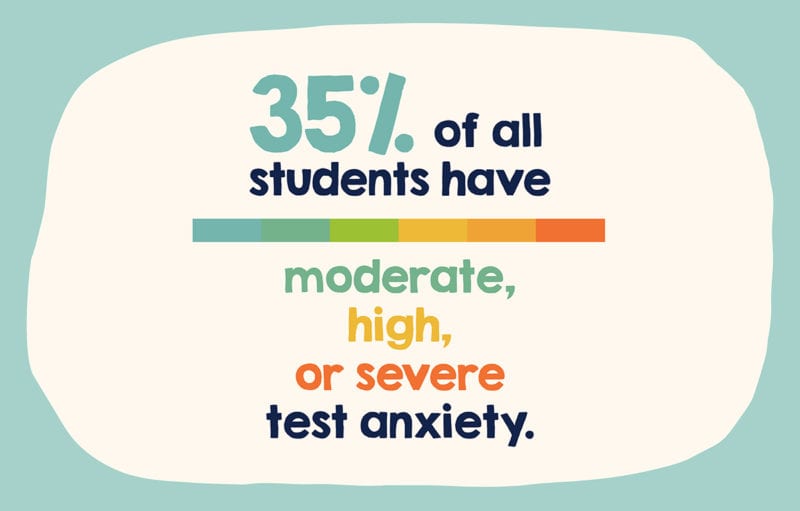 Life for me is connected with unusual tension.
Life for me is connected with unusual tension.
give
50. Waiting always makes me nervous.
give
Anxiety test, Beck anxiety scale
Anxiety is a state of increased emotional excitability and tension, which manifests itself in a threatening, according to a person, situation. Also, anxiety can be described as a diffuse fear, which gives a feeling of general unhappiness, powerlessness in the face of future events. Increased anxiety provokes a person to withdraw from the perception of threatening events. Thus, the vision of the situation in the future is lost, and as a result, the opportunity to solve it constructively is missed.
Anxiety test. Beck Anxiety Scale
1. Feeling of numbness or tingling in the body
Not at all disturbing
Slightly. Doesn't bother me too much
Moderately. It was unpleasant, but I can bear it
Very much.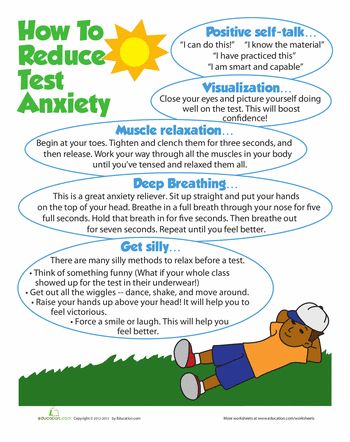 I can hardly bear it
I can hardly bear it
2. Feeling hot
Doesn't bother me at all
Slightly. Doesn't bother me too much
Moderately. It was unpleasant, but I can bear it
Very strong. I can hardly bear it
3. Trembling in the legs.
Doesn't bother me at all
Slightly. Doesn't bother me too much
Moderately. It was unpleasant, but I can bear it
Very much. I can hardly bear it
4. Inability to relax
Doesn't bother me at all
Slightly. Doesn't bother me too much
Moderately. It was unpleasant, but I can bear it
Very much. I can hardly bear it
5. Fear that the worst will happen
Doesn't bother me at all
Slightly. Doesn't bother me too much
Moderately. It was unpleasant, but I can bear it
Very much. I can hardly bear it
6. Dizziness or feeling of lightness in the head
Doesn't bother me at all
Slightly. Doesn't bother me too much
Moderately. It was unpleasant, but I can bear it
It was unpleasant, but I can bear it
Very much. I can hardly bear it
7. Rapid heartbeat
Not at all disturbing
Slightly. Doesn't bother me too much
Moderately. It was unpleasant, but I can bear it
Very much. I can hardly bear it
8. Instability
Doesn't bother me at all
Slightly. Doesn't bother me too much
Moderately. It was unpleasant, but I can bear it
Very much. I can hardly bear it
9. Feeling terrified
Not bothered at all
Slightly. Doesn't bother me too much
Moderately. It was unpleasant, but I can bear it
Very much. I can hardly bear it
10. Nervousness
Doesn't bother me at all
Slightly. Doesn't bother me too much
Moderately. It was unpleasant, but I can bear it
Very much. I can hardly bear it
11. Trembling in the hands
Doesn't bother me at all
Slightly. Doesn't bother me too much
Moderately.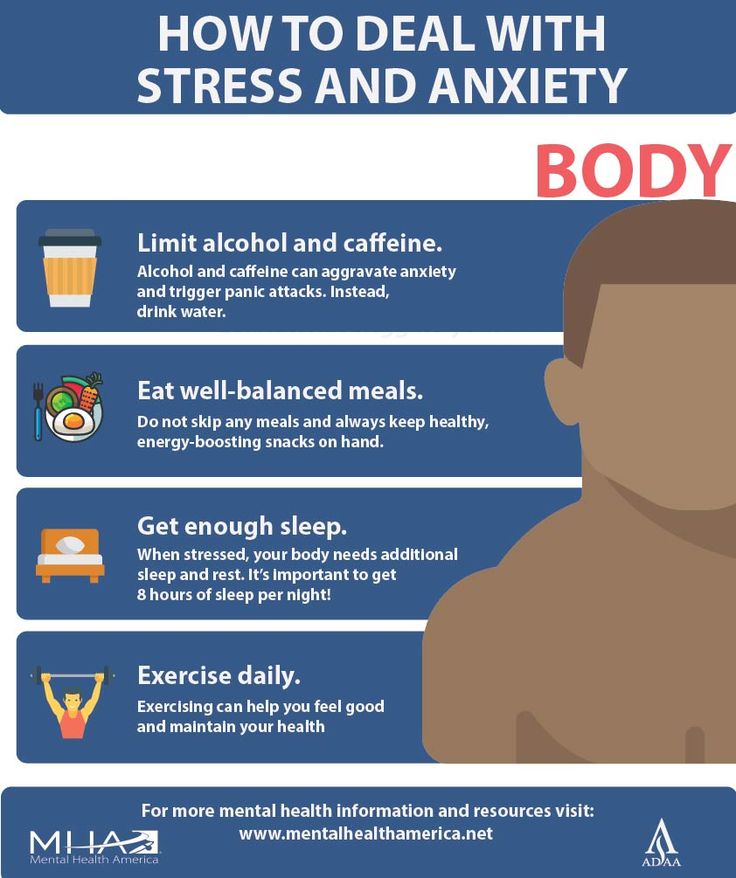 It was unpleasant, but I can bear it
It was unpleasant, but I can bear it
Very much. I can hardly bear it
12. Feeling of suffocation
Doesn't bother me at all
Slightly. Doesn't bother me too much
Moderately. It was unpleasant, but I can bear it
Very much. I can hardly bear it
13. Unsteady gait
Doesn't bother me at all
Slightly. Doesn't bother me too much
Moderate. It was unpleasant, but I can bear it
Very much. I can hardly bear it
14. Fear of losing control
Doesn't bother me at all
Slightly. Doesn't bother me too much
Moderately. It was unpleasant, but I can bear it
Very much. I can hardly bear it
15. Shortness of breath
Doesn't bother me at all
Slightly. Doesn't bother me too much
Moderately. It was unpleasant, but I can bear it
Very strong. I can hardly bear it
16. Fear of death
Doesn't bother me at all
Slightly.







